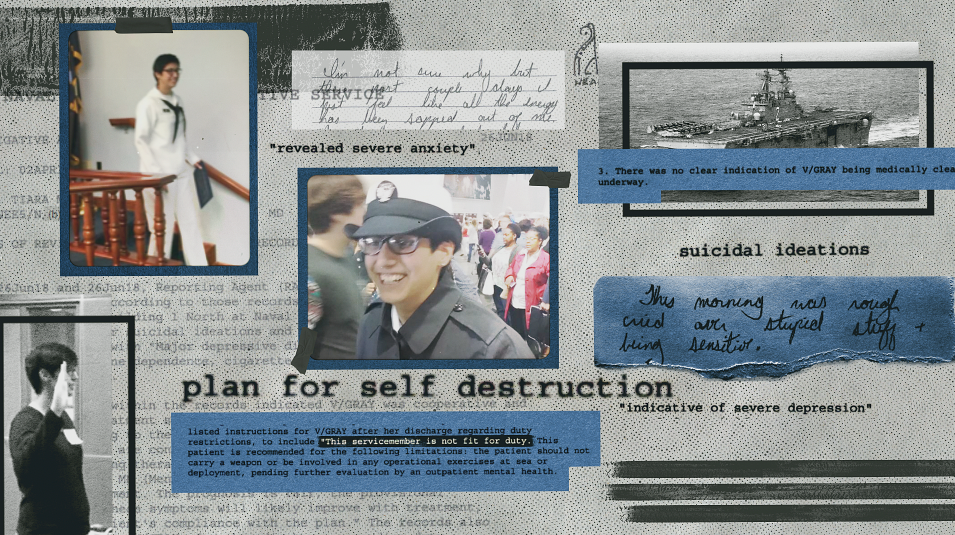New vessels designed to evade detection with a low-profile radar signature, camouflage and speed pose a new threat to the U.S. Coast Guard's efforts to keep illegal drugs out of the U.S.
An example of the newest tool being used by illegal drug smugglers was caught in the eastern Pacific Ocean on Nov. 30, according to USCG officials.
The low-profile boat was painted green to blend in with the ocean. In its hold, guardsmen found more than 3,000 pounds of cocaine.
It was just one of a number of large seizures reported recently by the Coast Guard.
On Thursday, crews offloaded more than 47,000 pounds of cocaine worth over $721 million. The drugs delivered by USCG crews to San Diego were seized in 23 separate incidents in the Pacific Ocean involving U.S. and Canadian forces.
More than 97 percent of cocaine bound for the U.S. and Canada is brought from South and Central America via ocean waters.
Vice Adm. Fred Midgette, commander, U.S. Coast Guard Pacific Area said it's vital that the U.S. work together with more than 19 partner nations operating with Joint Interagency Task Force South (JIATFS).
Local
Since June, USCG has captured 13 of these low-profile vessels and two self-propelled semi-submersibles.
Crews are using a ScanEagle Drone to detect the vessels in the water up to 50 miles away from the nearest USCG ship.
Cartels are also using varying drug smuggling routes, according to USCG officials.



